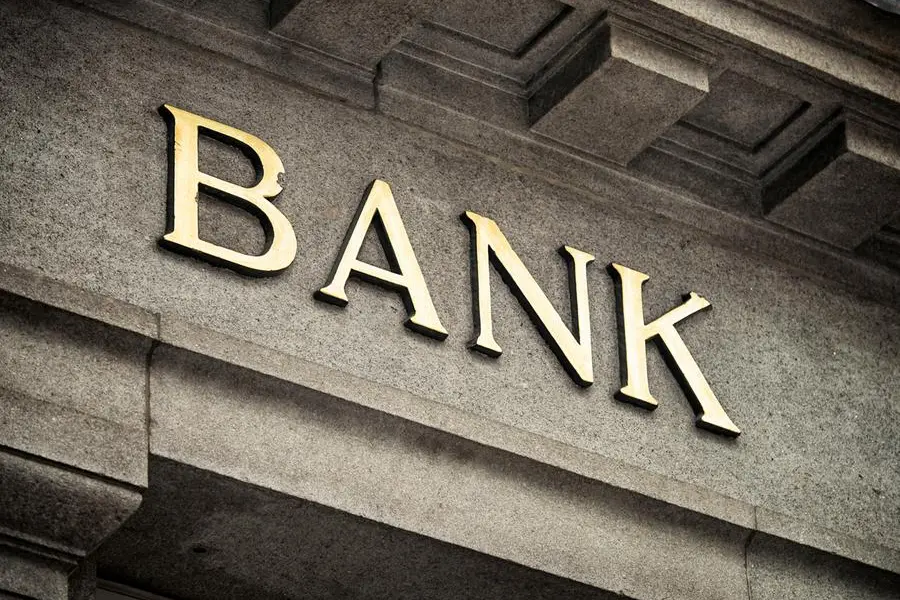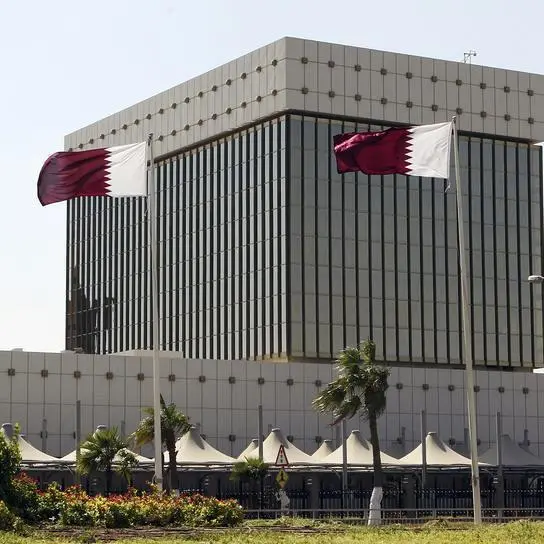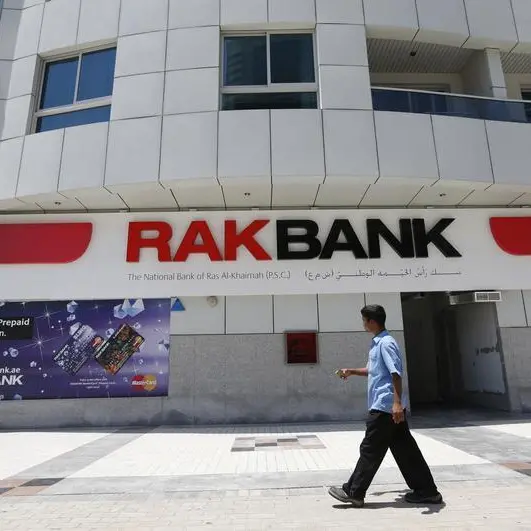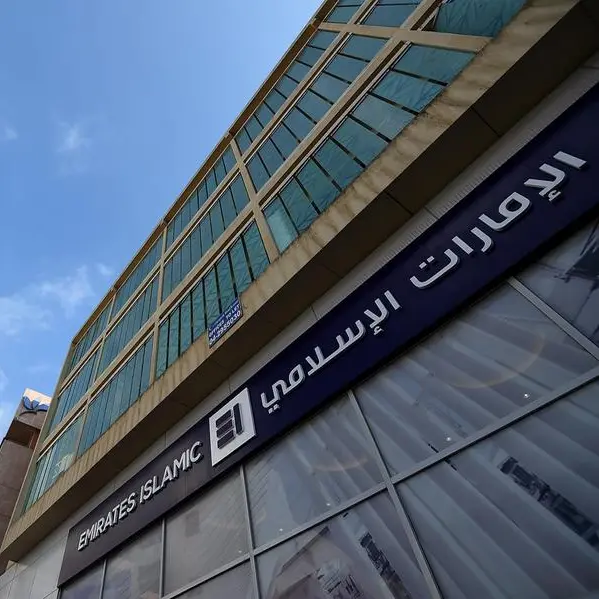PHOTO
Muscat – Omani banks’ reasonable credit fundamentals and improved operating conditions will support lending growth and profitability in 2023, according to global credit rating agency Fitch Ratings.
In a new report released on Thursday, Fitch noted that Omani banks emerged from the Covid-19 pandemic with reasonable credit fundamentals which place the sector in a good position for improving profitability in 2023.
Fitch said that Oman’s high oil revenues will continue to support economic activity and drive business generation for the sultanate’s banks. The rating agency expects a credit growth of 4.0 per cent in 2023, underpinned by high oil prices, healthy economic growth, a low inflationary environment and positive employment prospects.
Fitch revised the outlook on Omani banks’ operating environment factor score to ‘positive’ from ‘stable’ to reflect improved operating conditions, as well as the recent revision of the outlook on the sultanate’s sovereign rating to ‘positive’ from ‘stable’.
‘Omani banks are highly exposed to the sovereign through lending to government and government-related entities (GREs), holdings of Omani government securities, and high reliance on government and GRE deposits. Exposure to the sovereign also considers banks’ exposures to public-sector employees through their retail loan books,’ Fitch said.
Fitch, however, noted that it continues to expect contingent asset quality risks for the Omani banks in 2023.
The rating agency said, ‘These [risks] could arise from the high stock of restructured loans (11 per cent of sector loans at end-2022) and high exposure to vulnerable sectors, particularly real-estate and construction. However, banks’ pre-impairment profitability provides them with reasonable buffers to absorb shocks through the income statement without hitting capital.’
Overall, Fitch believes any asset quality deterioration will be contained and manageable at banks’ current rating levels.
Fitch said that the high energy prices of 2022 and 2023 have benefited Oman’s economic prospects, supporting its external and domestic finances. The rating agency expects oil prices to fall and to average US$85 per barrel in 2023, which remains above Oman’s fiscal break-even oil price for the year.
Another global rating agency, Moody’s, recently upgraded the long-term local and foreign currency deposit ratings of seven Omani banks: Bank Muscat, HSBC Bank Oman, BankDhofar, National Bank of Oman, Sohar International Bank, Oman Arab Bank and Bank Nizwa. Moody’s maintained a developing outlook on the long-term deposit ratings of HSBC Bank Oman and a positive outlook on the long-term deposit ratings of the other six Omani banks.
Moody’s rating actions on the Omani banks followed the upgrade of the Government of Oman’s issuer ratings to Ba2 from Ba3, and outlook maintained positive.
Total net profits of the banks listed on Muscat Stock Exchange grew by 26.2 per cent to RO118.5mn during the first quarter of 2023 compared to RO93.8mn in the same period of last year. The quarterly financial results announced by the banks on the Muscat Stock Exchange indicated an increase in the profits of all Omani banks.
Omani banks witnessed growth in most of their financial indicators in the first quarter of 2023. The stock market data indicated that the total assets of the eight banks listed on the Muscat Stock Exchange increased to RO37.6bn as of March 31, 2023 from RO36.1bn a year ago, recording a year-on-year increase of 4 per cent.
© Apex Press and Publishing Provided by SyndiGate Media Inc. (Syndigate.info).





















